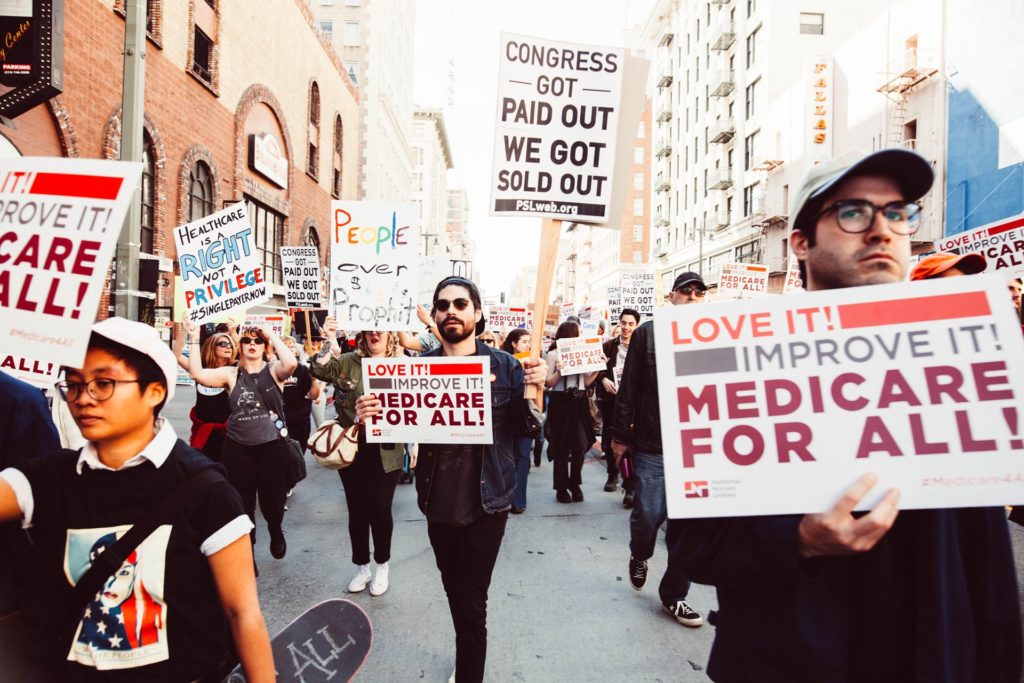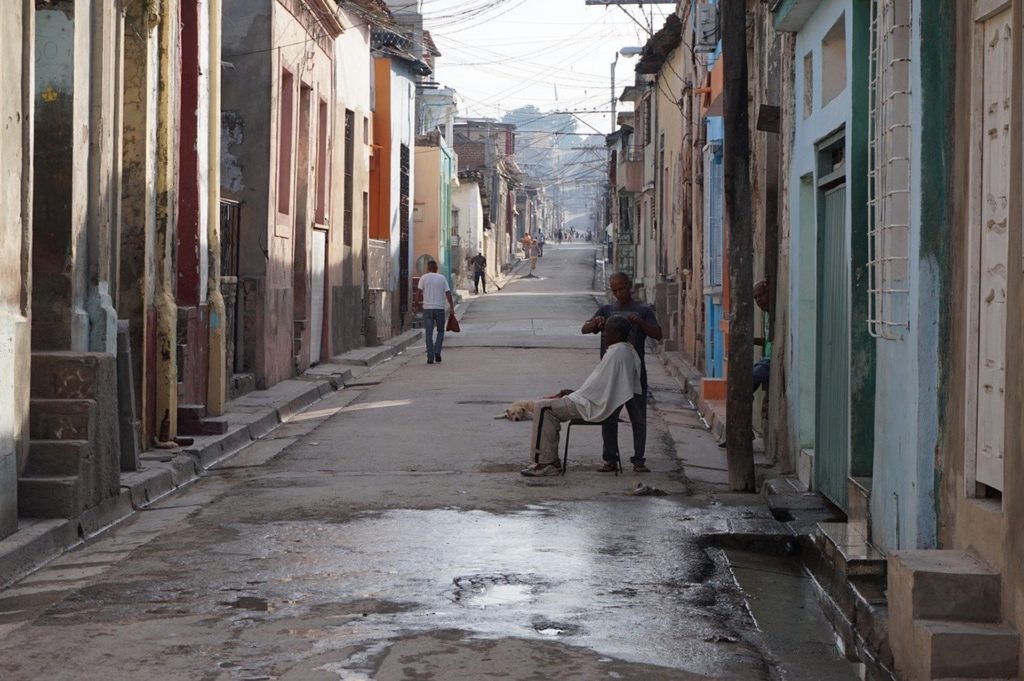It doesn’t take much searching to come up with dozens of examples of private companies stepping up to help provide our beleaguered medical professionals with desperately needed protective equipment and tools to save lives. Textile companies churning out face masks and protective clothing for doctors. Manufacturers switching their assembly lines to produce ventilators. Distilleries making hand sanitizer. Lots of companies are stepping up in other ways too, figuring out ways to serve their communities and protect their workforces as best they can, or diverting production to replenish items that panicked buyers have stripped store shelves of.
General Disdain for Big Companies
Some people, though, can’t seem to see past their general disdain for big companies, which they see as merely exploiting people for wealth. Take the reaction to President Trump inviting a number of major corporate CEOs to the White House briefing to talk about how their companies are working to help fight the pandemic. This Vox reporter’s tweet is pretty representative of a widespread reaction by left-leaning talking heads on social media:
I suppose a cynic can question these companies’ motives, whether they’re truly being altruistic or merely using this opportunity to boost their brand. But the fact is, their motivations don’t matter. None of this private effort to step up and combat the pandemic should surprise anyone who understands what free markets are and how they work—where there’s demand, entrepreneurs will figure out how to fill it, if they’re allowed to. It doesn’t matter if these companies are motivated by charity or merely the opportunity to increase their market share if the end result is people getting what they desperately need as fast as possible.
The Beauty of Free Markets
That is the beauty of free people being allowed to associate and transact freely—capitalism helps connect people who have what others want or need, without judgment. As Walter Williams bluntly stated, “Capitalism made it possible to become wealthy by serving one’s fellow man.” Not that all these companies are making bank helping ease this crisis; many aren’t. Value is subjective, after all, and plenty of CEOs value the lives of their fellow man over money.
Naturally, Marxists like New York Mayor Bill DeBlasio see this, and any crisis, as an opportunity not to be wasted to command and control the economy in proper, Soviet fashion. DeBlasio and others have called on Trump to use the government’s sweeping powers to effectively nationalize companies and their output under the Defense Production Act (DPA). Although the president has been fairly reluctant to use it so far, his recent appointment of the astonishingly economically retrograde trade hawk Peter Navarro to head the use of the DPA is alarming, as is his use of the DPA to attempt to block 3M from shipping any respirators overseas.
Trump’s DPA saber rattling and threats to commandeer an empty GM plant to produce more ventilators made for good press but bad policy, especially when, as previously mentioned, companies like Ford are already stepping in to fill that exact need. How much do you want to bet that the several companies already producing ventilators voluntarily are likely to outperform those who are conscripted?
Moving forward, there will be a focus on trying to ensure that our health care system has everything it lacked to combat this disease, and probably more besides. Very likely there will be a push to build more health care infrastructure with federal dollars. In the minds of many, government investment will be needed to fill in where the “market” failed.
That notion rests on the pretense that there was a free market to fail in the first place. Even a cursory glance at regulations and laws surrounding health care reveals a tremendously complicated web of layered restrictions on the practice of medicine that Dr. Robert Graboyes has rightly dubbed “Fortress Health Care,” so named because the legal walls erected around it prevent all manner of newcomers from accessing the field without due permission.
Unshackle the Healthcare System
Why do so many hospitals lack the necessary number of beds? Why do they not have enough ventilators, CT scanners, and other essential equipment? Why is there a shortage of medical professionals, and why are doctors retiring at rates that cannot be replaced?
A goodly chunk of the answer falls upon this fortress, erected at the federal, state, and local levels. Certificate of Need laws let existing providers deny competitors the ability to purchase health care infrastructure in their area. Scope of Practice laws lock highly trained physicians’ assistants and nurses into tightly defined roles that leave patients waiting for scarce doctors. Tax advantages for employer-sponsored health plans and restrictions on the individual market tie health care benefits to people’s jobs and obscure price incentives as people become dependent on third-party payment systems.
The anti-competitive regulatory pressures on health care are profound. Everything from the licensing of medical professionals to the building of new facilities is regulated; prices are manipulated and fixed by subsidies and entitlements and middleman payers. The best thing the government could possibly do to provide health care is to unshackle it.
Set it free, and the market will provide—if we let it.
Josh Withrow
Josh Withrow is a Senior Policy Analyst at FreedomWorks.
This article was originally published on FEE.org. Read the original article.



